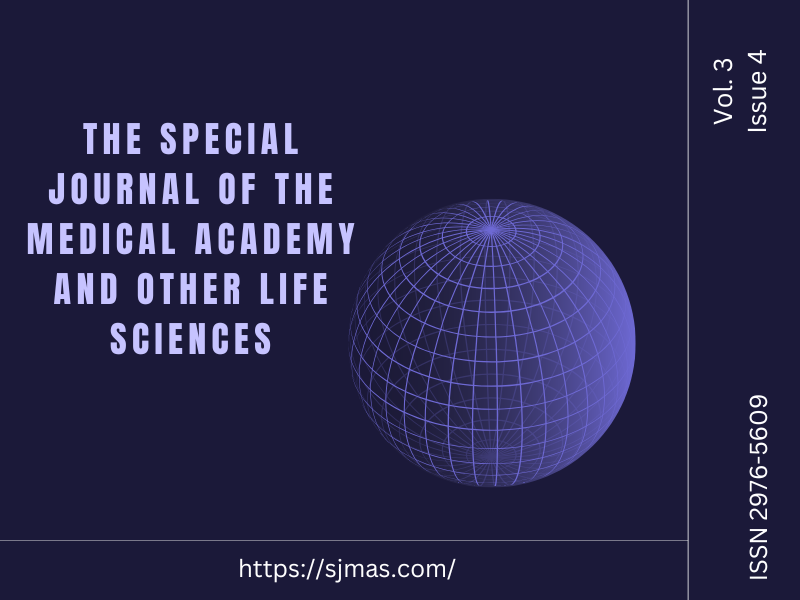A Comprehensive Study on the Modern Approaches to the Instrumental and Laboratory Diagnostics of Chronic Obstructive Pulmonary Disease in the Practice of GPs from the point of view of Evidence-based Medicine
DOI:
https://doi.org/10.58676/sjmas.v3i4.122Keywords:
Evidence-based medicine, Sputum analysis, Alpha-1 antitrypsin deficiency, Spirometry, COPD diagnosticsAbstract
Background: Chronic Obstructive Pulmonary Disease (COPD) is a progressive, life-limiting respiratory condition and a leading cause of global morbidity and mortality. Despite advances in treatment, underdiagnosis and misdiagnosis remain prevalent, especially in primary care. As clinical symptoms often overlap with other respiratory and cardiac conditions, modern evidence-based diagnostic tools—including laboratory and instrumental methods—are essential for early detection, proper staging, and management of COPD.
Methods and Materials: This study applied a comprehensive literature review method, analyzing data from global health guidelines (GOLD 2024, WHO), peer-reviewed journals, and clinical databases. Diagnostic tools investigated include sputum analysis, alpha-1 antitrypsin deficiency (AATD) testing, pulmonary function tests (PFTs) including spirometry and pulse oximetry, and radiographic imaging such as chest X-rays and computed tomography (CT). Emphasis was placed on evaluating diagnostic sensitivity, specificity, and real-world application in general practice.
Results: Sputum analysis was shown to be highly sensitive and specific for identifying bacterial and viral pathogens during COPD exacerbations. AATD testing identified a genetic component of COPD critical for tailoring patient management. Spirometry emerged as the gold standard for airflow obstruction diagnosis, with FEV1/FVC ratios below 0.7 being confirmatory. Imaging via CT and X-ray provided valuable information for disease staging and differentiating COPD from comorbidities. Collectively, these modern diagnostic tools significantly enhanced the accuracy of COPD diagnosis and informed more precise treatment decisions.
Conclusion: The integration of laboratory and instrumental diagnostics, guided by evidence-based medicine, is essential for timely and accurate diagnosis of COPD in general practice. Modern approaches such as sputum analysis, AATD screening, spirometry, and imaging significantly improve disease identification, reduce diagnostic errors, and support early intervention. These methods ultimately contribute to improved patient outcomes, reduced hospitalization, and better quality of life for COPD patients.
Published
How to Cite
Issue
Section
License
Copyright (c) 2025 Julia Yap May Syuen Prathap, Dr Ghassan Salibi, Prof Nikolaos Tzenios

This work is licensed under a Creative Commons Attribution-NonCommercial 4.0 International License.

